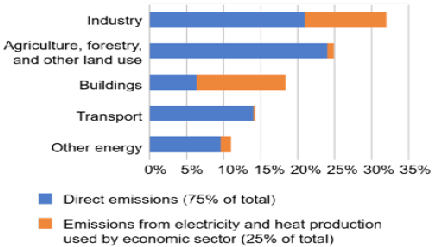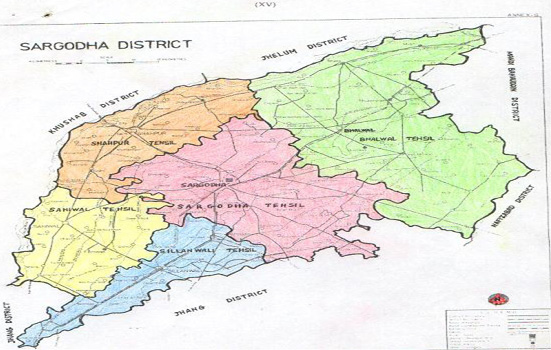An Assessment of In-service Training Needs for Agricultural Extension Field Staff in the Scenario of Climate Change using Borich Needs Assessment Model
An Assessment of In-service Training Needs for Agricultural Extension Field Staff in the Scenario of Climate Change using Borich Needs Assessment Model
Ejaz Ashraf1*, Anam Sarwar2, Muhammad Junaid1, Mirza B. Baig3, Hafiz Khurram Shurjeel4 and R. Kirby Barrick5
Global average temperature changes since 1850 to 2100 year.
Pakistan map according to Kōppen Geiger Climate Classification.
CO2 concentrations; IPCC scenarios vs. Actual extrapolations.
Annual greenhouse gases emission concentration (ppm) by industrial sectors.
Effect of CO2 concentration in atmosphere on global average atmospheric temperature.
Global greenhouse gases emissions by different sectors.
Temperature and rainfall graph of district Sargodha.
Map of district Sargodha, Punjab-Pakistan.
Quantitative relationship between specializations and designations of EFS.
















